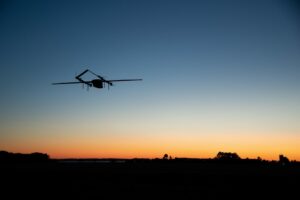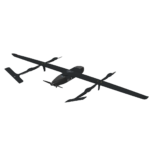
The Naval Air Warfare Center Aircraft Division (NAWCAD) acquired a logistics Unmanned Air System (UAS) prototype in October to demonstrate long-range naval ship-to-ship and ship-to-shore cargo transport and it is now set for further tests in the fleet. The Navy said the NAWCAD engineers, testers and military test pilots are evaluating this vehicle, called the Blue Water Maritime Logistics UAS, and tailoring it to requirements set by Fleet Forces Command and Military Sealift Command (MSC). The service revealed the aircraft…

 By
By 











